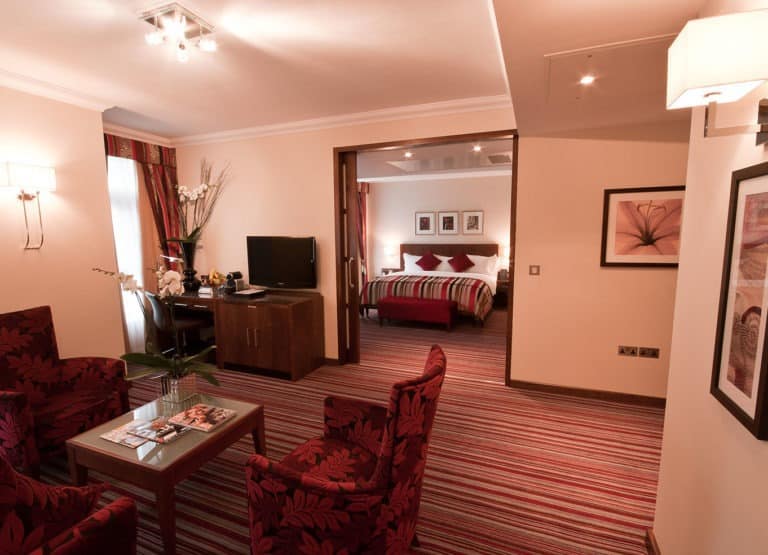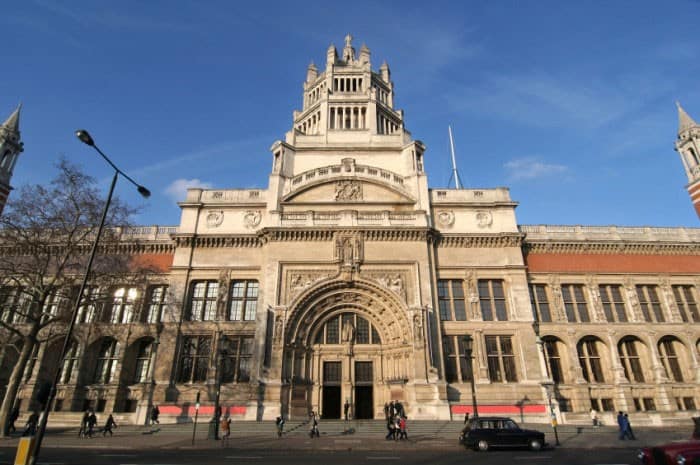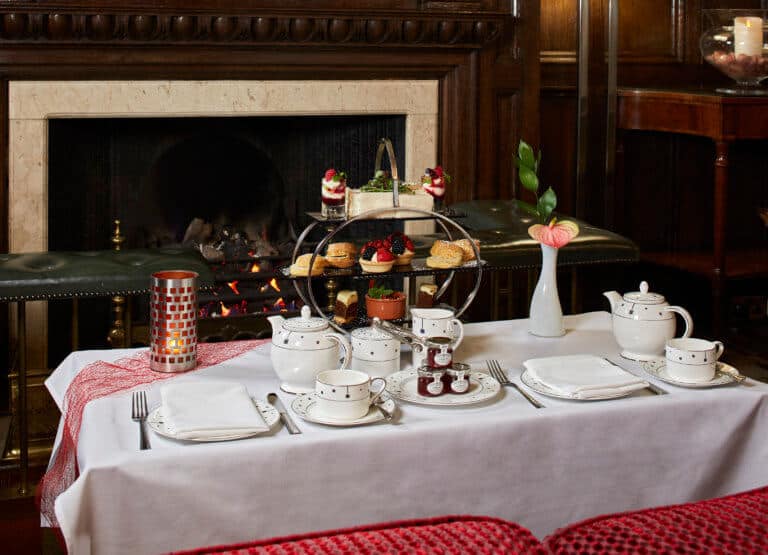Welcome to The Rembrandt
A favourite of independent business and leisure travellers from all over the world, this 4-star hotel gets the details right: complimentary WiFi, English breakfast, a popular lounge bar and restaurant, and discounted use of the adjacent health club and swimming pool at Aquilla Health and Fitness Club.









